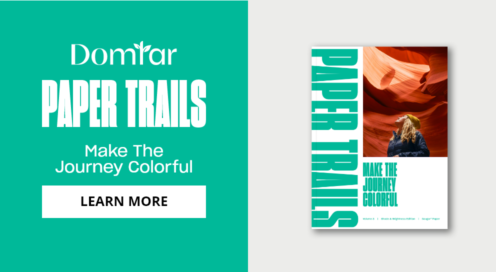Budgeting for Accessibility

We asked Members how they convince clients to budget for accessibility, beyond what’s required by law.
"It is important to communicate with clients that in today's diverse market, inclusivity isn't merely a moral obligation, it's a strategic advantage. By prioritizing accessibility, their business can enhance user experiences, foster customer loyalty and drive success. I try to show them how accessible design systems will bridge their brand and target audience, eliminating friction that can lead to higher drop rates. And that by embracing accessibility, they will empower all consumers, reducing cognitive load and making connecting with their message easier."
Taralyn Carver RGD, Co-founder, Creative Director at BOLD LIP
"To make clients understand the importance of budgeting for accessibility, I start by showing them the business benefits it offers. With an intention to educate, I focus more on accessibility features than compliance or the law. I demonstrate how accessibility features will help to promote their business by making content more searchable for their clients, users and search engines. It also helps to have conversations about accessibility early on and list all accessibility requirements in the project estimate."
Kate Curzon RGD, Independent Creative Strategist, Product Development & Project Management
"This is always a challenge. However I find clients respond well to answers focused on budget, design and audience. Explain to them that incorporating accessible design from the outset is both easier and more cost-efficient in the long-term than retrofitting at a later date. Ease their concerns with an accessible design show-and-tell with past projects, explaining how accessible design did not affect the process nor the look and feel. Use data to show that while it may not be obvious based on their research, it is guaranteed that a portion of their current and future target audiences will require accessible design. The solution: investing in accessible design now will save money later; it will still look amazing and you will be accommodating your current and future audiences."
Michelle Hopgood RGD, Founder, Creative Director & Information Specialist, Hopgood Creative
"Convincing clients to budget for accessibility beyond compliance involves changing their mindset on who benefits from accessibility. Most people will experience having a disability in their lifetime, either temporarily, through aging or from birth, making accessible design an inevitable necessity. Framing accessibility as part of the user experience instead of a technical checklist is also helpful. Accessibility creates more intuitive experiences for everyone and adapts to a user as their abilities change. Accessible design also benefits clients by creating robust products that adapt to new technologies and developing an inclusive brand reputation. Accessibility beyond compliance is designing for the future of a product and the people who use it."
Chloe Typert-Morrison Provisional RGD, Inclusive Experience Designer, Black Cat Advertising
"Convincing clients of the importance of accessible design begins with improving their understanding. Sharing successful examples with clients and talking to them about what made that project successful can help connect accessible design to their business goals. It’s also an opportunity to dispel the erroneous assumption that accessible design is boring. It can be beautiful, functional and valuable for all. Some fundamental changes can even begin quickly, which can help build momentum and ease client anxiety. Websites, for example, can have alt-text added to images, which helps people in low bandwidth areas or screen reader users."
Wendy Tabor RGD, Visual Communications Designer, Gerry Lewis Inc.
"I like to focus on 3 things: increased quality, ethical integrity and good business. Incorporating accessibility into your creative process will result in higher quality designs and more effective communication. Budgeting the time and resources necessary to be inclusive of differing abilities and multiple use cases will yield a better, more distinctive product through design thinking. By designing for all people — not simply the majority — even small decisions such as colour and typography will be more empathetic and strategic. The same argument applies to ethical and business approaches. In Canada, 1 in 5 people has some sort of disability, which means 7.5 million people. Therefore, accessibility is important not only from an ethical perspective, but also from a business perspective."
Michael J. Young RGD, Design Lead at The Ontario Cabinet Office








